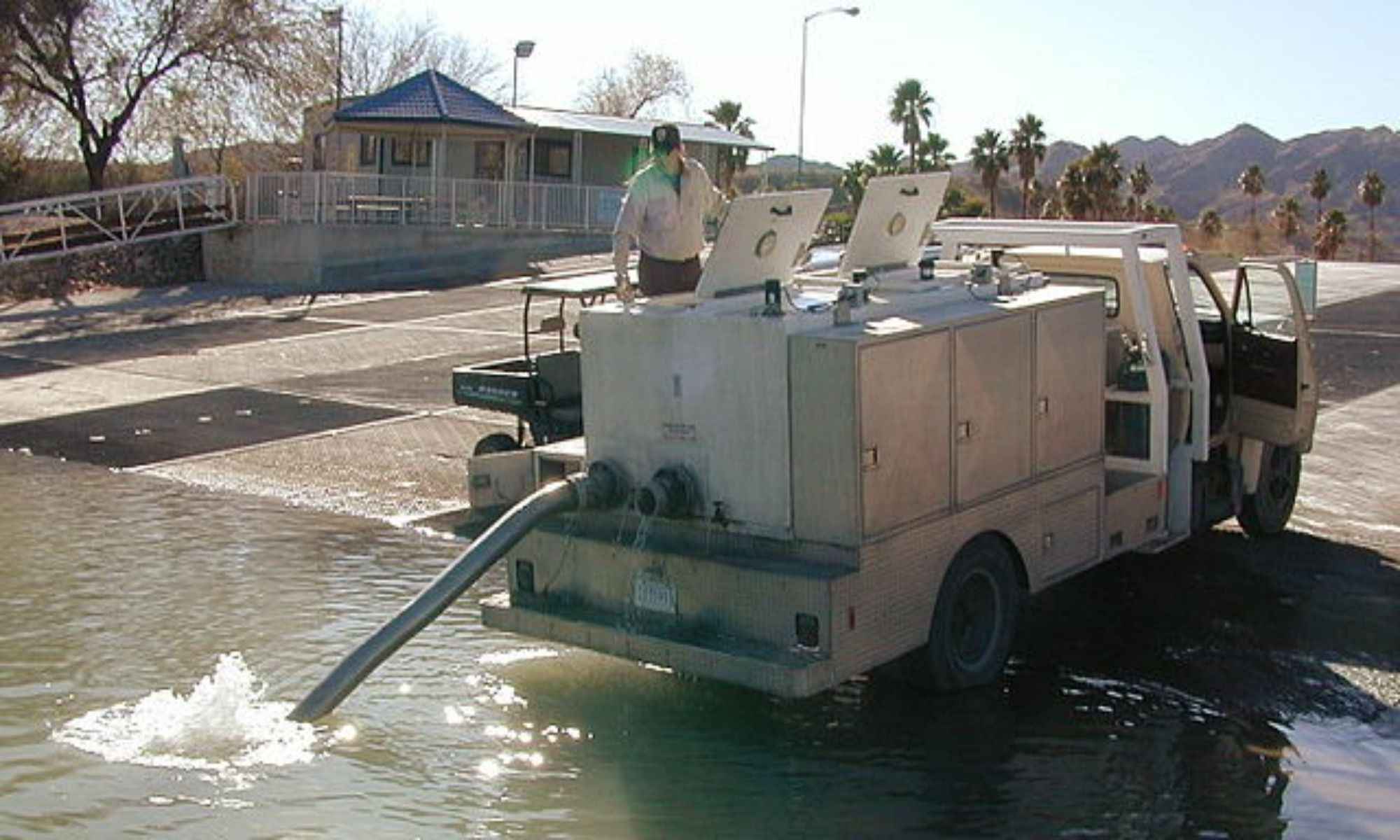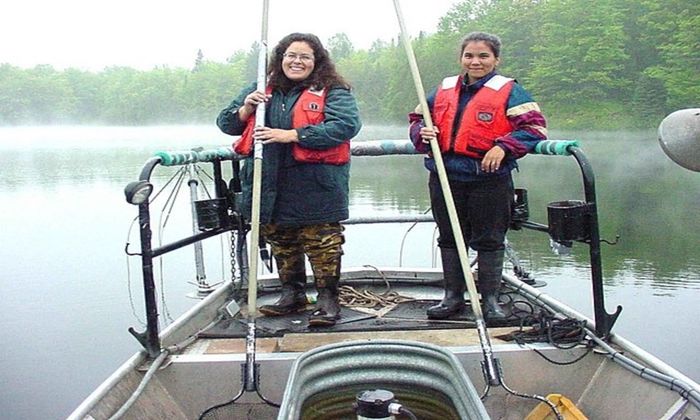The Process of Fish Stocking
Fish stocking is vital to every fishing enterprise. This article is your opportunity to learn how fish stocking works!

Do you ever ponder the origin of fish in ponds and their challenges in getting there? One explanation is that humans intentionally deposit them. Fish stocking refers to introducing new fish populations into natural water systems, such as rivers, lakes, and ponds, by releasing fish raised in a hatchery.

There are various ways in which fish stocking may help local communities, including the establishment of new fisheries, the improvement of existing ones, conservation results, the creation of jobs, and the expansion of local economies. But first, here is some information about how fish stocking works.
The Meaning Behind Fish Stocking
One method of fish management is a fish stocking, which releases various fish species into the wild after they have been raised in captivity, most often in hatcheries. Fish has a demand similar to that of other staple foodstuffs. Instead of outraged buyers, frustrated anglers usually want to fish for fun. In other cases, conservationists seek to replenish empty waterways to compensate for losses incurred due to habitat disruptions or to restore previously existing populations. The clientele may range from those with home ponds to serious researchers looking to undertake experiments.

1. Set up the Water's Environment
The first and most crucial stage is to ensure that the pond or lake ecosystem can sustain the complete food chain, from phytoplankton at the bottom to largemouth bass at the top. It would help if you collected a water sample to learn more about the pond's or lake's chemistry. It is important in regions, especially those that offer Texas fishing charters, like Live Action Fishing – Dallas in Atlantic Beach, Aggie Guide Service in Aransas Pass, Reel Action Charter Services in Port Mansfield, and Red Vision Fishing Charters in South Padre Island, where acidic soils produce low alkalinity waters and acidity. This applies even if you’re planning to offer “guided offshore fishing Texas” or fishing tours in the same area. Water tests help determine how much lime and fertilizer to add to the water to maximize fish output, and they may help you spot issues so you can remedy them before you stock fish.
Alkalinity levels between 50 and 150 ppm and pH values of 6 to 9 are ideal for most crops, and as a pond owner, you should strive for these conditions. It creates the optimal conditions for the pond's fish and the food web that supports them. Before stocking, it is recommended to increase the alkalinity and pH of low-alkalinity or low-pH ponds by adding crushed agricultural limestone, hydrated lime, quicklime, or slaked lime. The fast pH shift caused by hydrated lime, quicklime, or slaked lime should not be introduced to a pond containing fish.
2. Apply Fertilizer for Maximum Fishing Success
If you're a landowner who wants to get the most fish out of your pond, you should implement a fertilization program. Most ponds are recommended to use between 4 and 8 pounds of phosphorus per acre, preferably in a liquid or powdered form rather than pellets. With the proposed fertilization programs, fish populations may grow by a factor of four to six. The pond won't generate as much food as it would if it were fertilized, but it will still provide plenty for baitfish, crayfish, insects, and other species at the base of the sportfish food chain, as well as for larval sportfish themselves.
In the spring, fertilization is most effective when the water temperature is between 60 and 65 degrees. In other words, fertilization won't work if the water temperature is below 60 degrees when most phytoplankton go into hibernation. Fertilization should begin 10-14 days before the initial stocking of immature fish, Sink said. It improves the likelihood of developing a healthy fish population and fosters the development of a stable food chain.
3. Gradually Introduce New Fish
Stocking all the baitfish and sportfish at once is a standard error by pond owners. As a result, after the phytoplankton bloom, it is suggested to introduce 5-15 pounds of fathead minnows per acre. In the early summer, minnows spawn many times and make for easy pickings. They provide a healthy food supply for the subsequent introduction of more significant numbers of baitfish and sportfish.
As soon as you introduce predatory fish like catfish or bass, your baitfish population will crash before it can reproduce. If you do this, you'll have an unnaturally high concentration of predatory fish and a depleted supply of forage fish. Low reproduction rates mean fewer largemouth bass and fewer catfish. If you introduce predatory fish like catfish or bass, they'll consume all the baitfish before they can reproduce. The ecosystem suffers when too many predatory fish and not enough forage fish. It will lead to diminished bass and catfish populations.

4. Adding Sportfish, Including Bass
The following year's spring and summer seasons would benefit from the inclusion of sportfish. In May and June, you should be able to stock up on bass fingerlings. In contrast, catfish destined for stocking should be ready to be added in July or August. Sink recommends stocking ponds with one largemouth bass for every ten sunfish and fifty basses for every acre of fish supply. Ponders should only introduce catfish if they intend to collect fish weighing two pounds or more regularly. Because more enormous catfish eat so many of the pond's baitfish, bass and other favored species have a more challenging time finding sufficient nutrition in the water.
5. Put a Little Boost on the Process
After three years, after ponds are filled appropriately, pond owners should enjoy good fishing. The process can be sped up if more minnows, bluegill, and redear are introduced in the first two years.
However, you may complete the task in a year if you work rapidly. From March to May, release fathead minnows and stock adult bluegill and redear sunfish, which grow to 6 inches. The following year, these fish will reproduce, and in May or June, you may stock young fish like bass measuring 2 to 3 inches in length. Moving other stock basses into a pond without a fish kill will never be necessary because bass populations are already at sustainable levels.
More About Fish Stocking
Pond management differs from big reservoirs or rivers because it emphasizes catch-and-eat strategies to maintain healthy fish populations. He claimed that capturing bass in the third year was essential for replenishing healthy fish populations and raising large bass. To keep the food web in most ponds stable, a harvest of at least 10 pounds of big-mouth bass measuring 6 to 10 inches per acre is necessary. Tires and plastic tubes are created from petroleum, which degrades over time. Thus natural resources like wood and rocks are preferable for building buildings. Chemicals would be released into the water and consumed by the fish. A second factor is that plastic doesn't support algae growth or other baitfish-attracting foods.
Aquatic vegetation can serve a similar purpose, but it is optional to sustaining a healthy ecosystem for fish. Foliage should be managed strictly, with no more than 10-15 percent of the pond's bottom given to plants.
For owners who offer crappie fishing trips, you should remember that any pond less than 20 acres in size should not be stocked with crappie. As a result of their high reproductive rate, controlling their population is a significant challenge. That means more crappie will make it through the year, and the next couple of years will see even more crappie than usual spawning. Eventually, there will be so many baby crappie in the pond that no other fish, not even the juvenile bluegills, bass, or catfish like channel catfish, will be able to get enough food or fish feeder to thrive.




